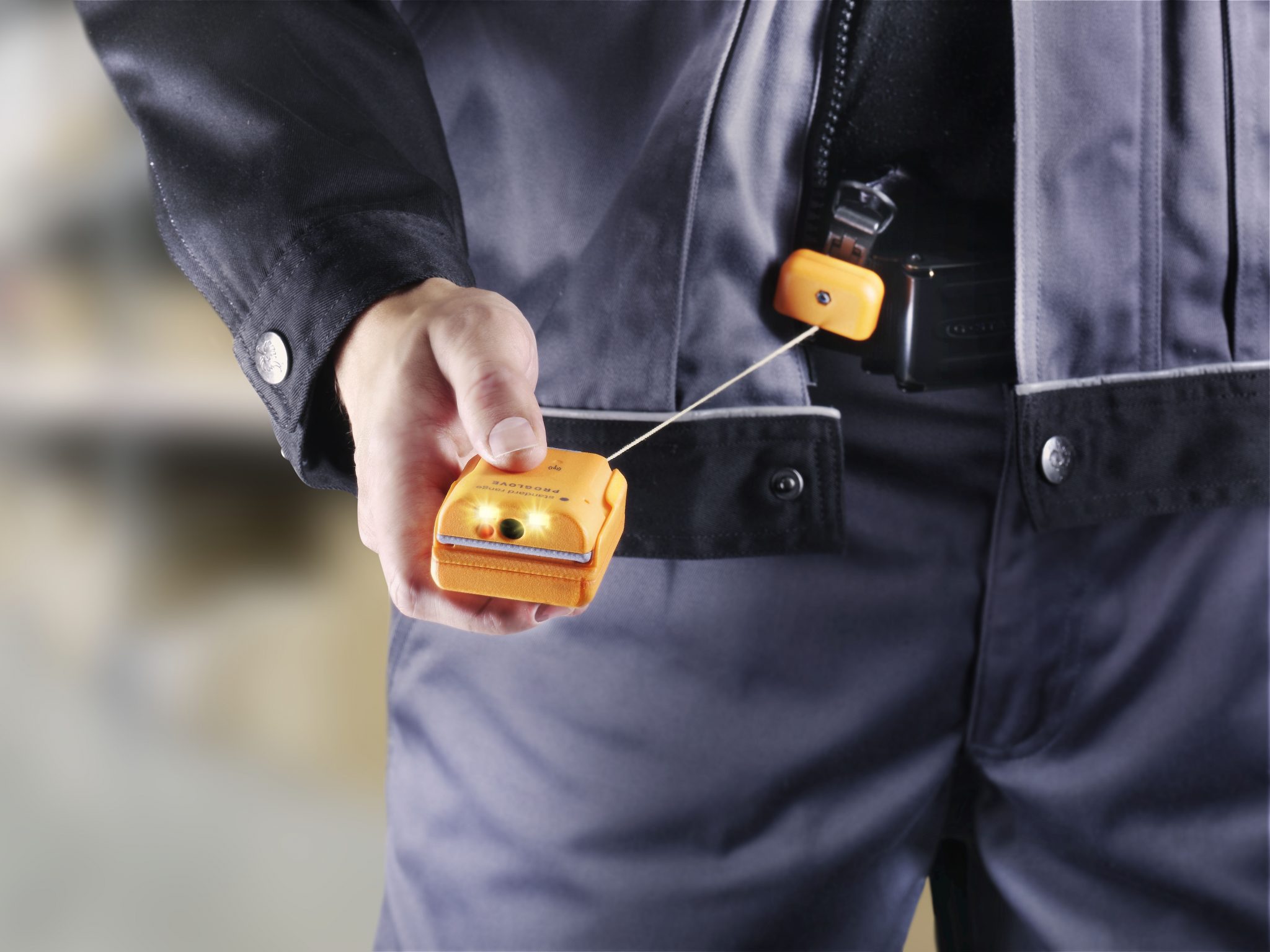Axel Schmidt, of wearables innovator ProGlove, offers a view on how the technology can provide surprising benefits.
There have been many arguments made about how the use of robots and Artificial Intelligence (AI) could replace the role of workers across numerous industries. However, the reality is that full automation is not a pragmatic approach and will not be a realistic goal for years to come, despite impressive advancements in technology.
Instead, we must consider how technology can augment the human worker’s role and also improve the safety of workforce environments. Despite the importance of warehouse efficiency, there needs to be additional emphasis on health and safety concerns in warehouses, and the continued issue of labour shortages. Implementing AI and wearable technology, businesses can move towards improving both productivity and accuracy while enhancing worker safety.
Improving workplace efficiency
Understandably, many organisations focus on optimising their workforce by streamlining business processes to improve efficiency and productivity. However, to get the most out of worker activity, there are various opportunities to enhance employees’ experience, and in turn, their performance.
Tiredness is one of the biggest challenges which restricts productivity in the workplace; from physical activities including lifting and putting away multiple items or wasting time walking to and from static work stations, errors are more likely to happen as workers run out of energy. When employees become fatigued, the risk of them hurting themselves or the people around them increases. To reduce this from happening, businesses need to maximise both performance and worker safety to achieve higher efficiency.
Since the majority of health and safety incidents reported in the UK in 2017/18 within the transportation and storage industry relate to musculoskeletal disorders, there is an added element of importance to deploy hands-free wearable technology to benefit the safety of workers. Ergonomic workspaces aim to decrease the risk of repetitive strain injury and accidents resulting from exhaustion. By removing unnecessary repetitive actions, such as time-consuming walks across the warehouse or constantly picking up and putting down equipment, wearable technology can ease the strain on the worker by avoiding extraneous tasks.
Workers could immediately be provided with the next pick up location via their wearable device, rather than having to trek back to find out this information. Not only does this reduce the risk of health problems and injuries from strain, but productivity is also increased as workers have higher levels of energy to perform necessary activities.
By ensuring that the majority of physical movement is directly linked to necessary productive duties, risks can be avoided by minimising extraneous movement, removing distractions and cutting out any additional weight.
Remote wearables
Traditional scanners typically follow a handheld, point and shoot procedure, but with wearable technology, businesses can upgrade their equipment with an in-built scanner glove. Removing the need to hold a scanner, and instead, scanning with a click of a button in the glove, this shortens the process and allows workers to manage their tasks with ease.
By not having to hold the device, workers have both hands free at all times, which makes tasks simpler, quicker, but more importantly – safer. The use of the glove removes any additional weight that could affect the worker’s fatigue and reduces the risk of dropping equipment. Furthermore, if there was a hazard or an event of danger, the worker can take appropriate and fast action, as they are not carrying any hand-held devices.
Sensors which emit alert signals can also be added to wearable devices to improve safety by warning workers of motion in your working environment or highlighting any risk created by moving vehicles. For example, vests for workers on construction sites can alert the individual if a hazard is approaching, and also communicates with forklift trucks to alert them of a worker’s presence to avoid the risk of hitting them. Particularly in noisy working environments, this type of smart technology is crucial where workers may not hear or see potential hazards.
Acceptance of technology
In a generation where technology is always developing, it is no surprise that many workers often have concerns in terms of job security. However, when it comes to wearable technology, the benefits are endless. Workers have been positive about the improvements wearable technology has on their daily routine, including; removing needless repetition, improving precision and reducing physical strain. By making their jobs safer and more straightforward, wearable technology has, in turn, improved workers’ conditions and increased their productivity levels.
Wearable technology is one-way companies can apply technology to better their safety standards. With the benefits of the technology quickly realised, both the workers and the business will reap the rewards from improvements in efficiency, safety and morale.






